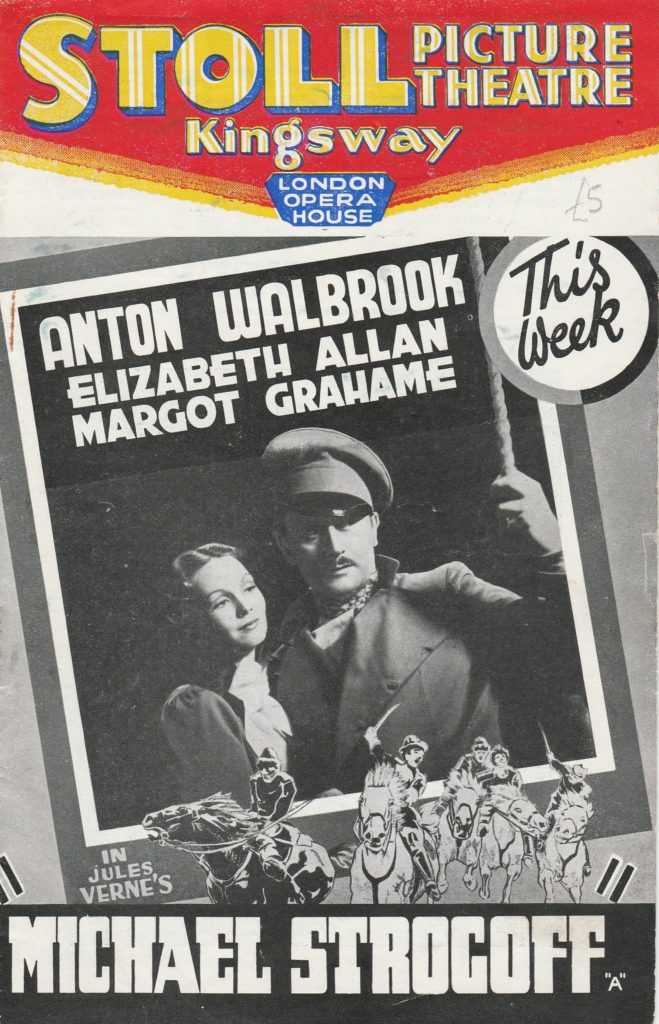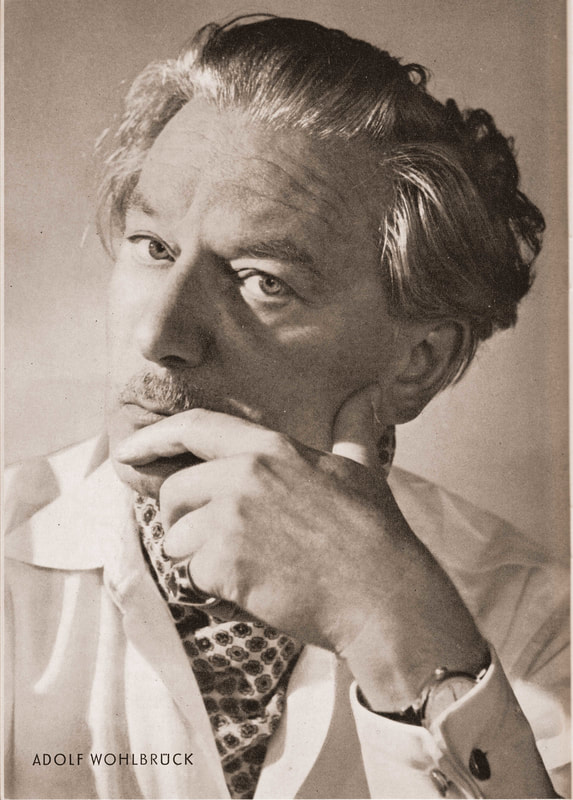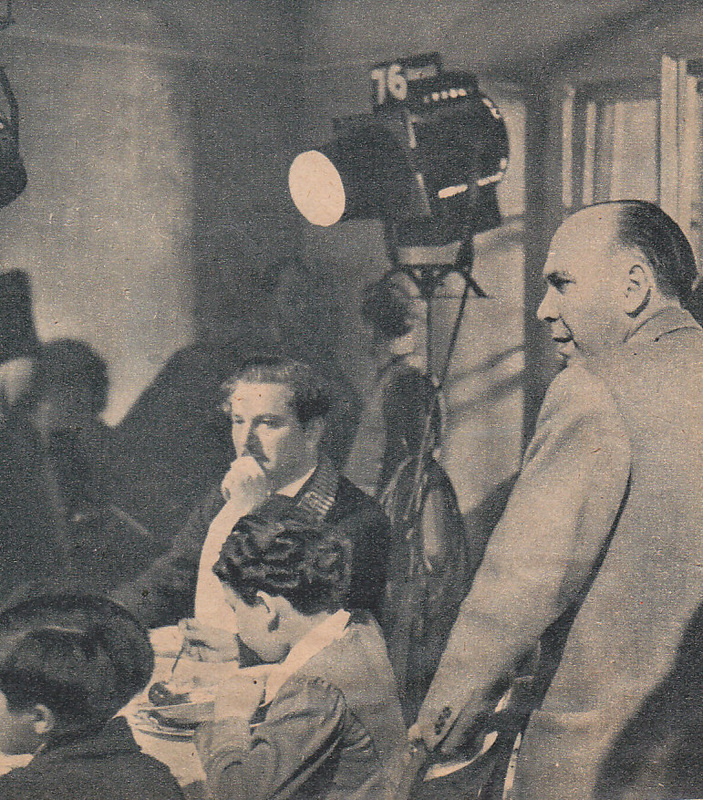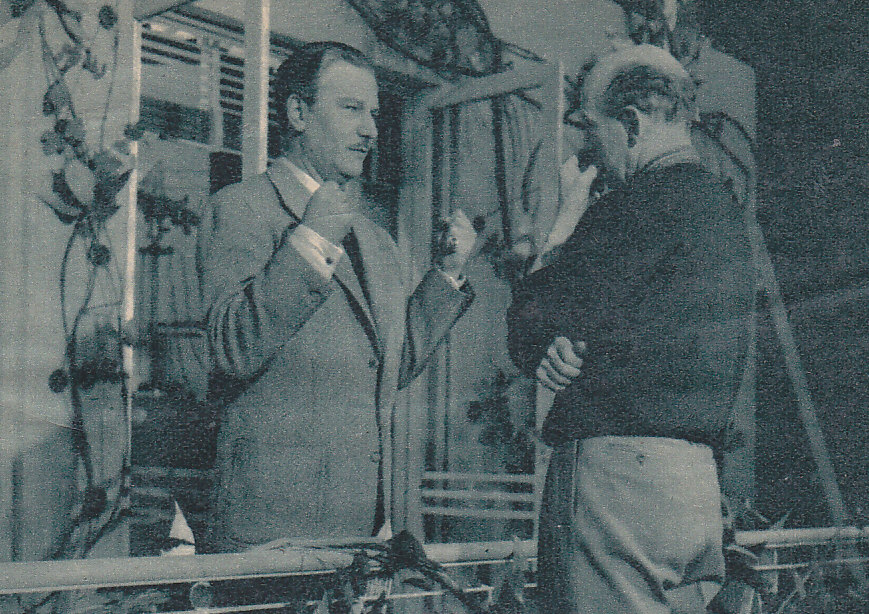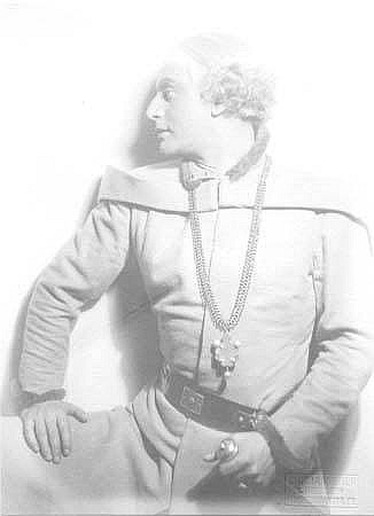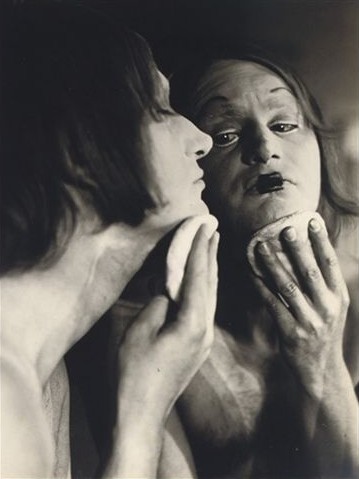Tradition has it that Joan of Arc was born on this day, 6 January, around 1412, so it seemed apt to pen a quick post about the film Saint Joan (Preminger, 1957) in which AW played Pierre Cauchon, the Bishop of Beauvais who played an active role in Joan’s trial and execution.

Saint Joan (Jean Seberg) and Bishop Cauchon (AW)
The film was the first screen adaptation of George Bernard Shaw’s play, which was published in 1923, three after Joan was canonised by the Catholic Church. Shaw had died in 1950 and the screenplay was written by Grahame Greene, who had converted to Catholicism in 1926 and explored religious themes in many of his novels.
Although the part of Joan was given to newcomer Jean Seberg, the rest of the cast was drawn from a conventional roster of established actors, including experienced Shavian performers such as Felix Aylmer (in his firth of six screen appearances alongside AW) and Harry Andrews. The part of the effeminate Dauphin, Charles VII, went to Richard Widmark, who cinemagoers were more used to seeing as a rough action hero. Richard Todd played Joan’s field commander Dunois, while John Gielgud was cast as Warwick ‘the king-maker’. Margot Grahame – with whom AW had last appeared in Michael Strogoff twenty years previously – played the Duchesse de la Tremouille, and the part of the Archbishop of Rheims was given to Finlay Currie, who had also appeared with AW in 49th Parallel.
Rehearsals started on 17 December 1956. At the first reading at Shepperton studios, the actors all sat all sat round the table ‘like monks at a refectory’, with the bald headed Preminger taking the place of the abbot. Shooting began on 9 January 1957. Although the film was shot in black and white, the cinematographer was Georges Perinal, who had excelled in the glorious technicolour of The Life and Death of Colonel Blimp (1943) . The imagery is generally restrained, however, and the entire film has a somewhat austere appearance that emphasises its resemblance to a stage play. Despite a number of cuts, Greene’s screenplay remained faithful to Shaw’s text. The epilogue to the play – in which characters appear in a dream to discuss Joan’s fate – was split into two to form a framing device at the beginning and end of the film.

Shooting was completed in three months, and Preminger returned to America at the beginning of May to make preparations for the gala French premiere in Orleans and Paris at the Theatre National de l’Opera on 12 May, the Feast of Saint Joan. Preminger seems to have enjoyed his time in England, and was full of praise for the skill and professionalism of the Shepperton studio workers. The British premiere took place in Leicester Square Theatre on Thursday 20 June, with Walbrook among the many stars attending. It was a charity events, Preminger showing his admiration by donating the profits to British Studio Workers Benevolent funds for the unions ACTT, ETU and NATKE.
Although the premiere had been highly anticipated, with seats sold out a week in advance, the film did not prove popular with the general public. I will be rewatching it this evening, but it is fair to say that combination of heavy dialogue and lengthy camera takes gives large parts of the film a static, stagey feel that dampens the visual sparkle that one might have expected from such a star-studded cast.
The performances are excellent nonetheless and AW’s portrayal of Bishop Cauchon conveys the ‘self-disciplined and conscientious’ character that Shaw was keen to emphasise. In the backlash against Joan’s execution, Cauchon was excommunicated and regarded as something of a villain who had allowed his pro-English politics to intrude upon his handling of religious matters. Both Shaw and Greene understood that his position was much more complex and AW captures the sense of a pious and conscientious man who is struggling to find the right course within a web of conflicting principles and motives. As he admits to Joan in the closing dream sequence, ‘I was faithful to my light, I could do no other than I did.’ Even if he failed to protect Joan, whose innocence he sensed, he behaves with calmness and dignity, rising above the threats and bullying of the different factions around him.
Shaw stated Cauchon’s age to be ‘about 60’ and production began just a few weeks after AW’s sixtieth birthday, although he was still allowing people to believe him to be four years younger. He once stated that he had thought about becoming a priest when he was younger, and he brings to the role of Bishop Cauchon a convincing episcopal gravitas, complete with dry wit and a sense of world-weariness. He was almost cast as a priest ten years earlier in a proposed biopic about another canonised saint, Mother Frances Xavier Cabrini, and it would have been interesting to have known what he might have done with the role. While many of his pre-war German films saw him portraying a stylish bon-vivant character, Cauchon was one of the long series of grand historical figures, soldiers and aristocracy that seem to dominate his post-emigration career.
